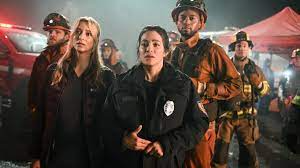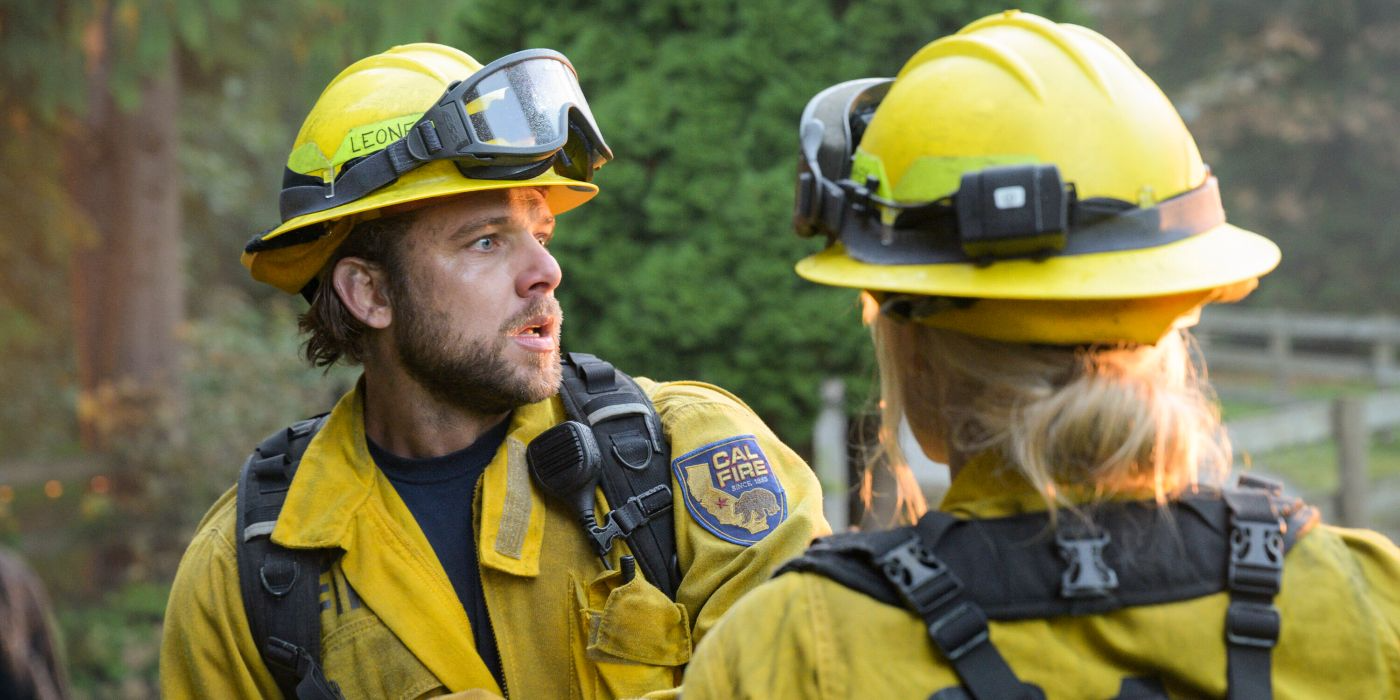
Wildfires on Screen and in Reality: The Growing Threat
Fire Country captivates viewers with its vivid depiction of wildfire firefighting—the smoke, the flames, the adrenaline-fueled rescues. But beneath the gripping action lies a sobering reality: wildfires are becoming more frequent and devastating worldwide, largely due to climate change.
The series does not shy away from this truth. As viewers follow the Cal Fire crew battling increasingly unpredictable and intense fires, the show mirrors real-world conditions where longer droughts, hotter temperatures, and shifting weather patterns create an environment primed for disaster.
In recent years, catastrophic fires in California, Australia, and elsewhere have underscored the urgency of the issue. Fire Country taps into this zeitgeist, dramatizing not just the firefighting but the environmental and societal implications of a warming planet.
Depicting the Human and Ecological Cost
Fire Country goes beyond spectacle to emphasize the human toll of wildfires. Families are displaced, homes destroyed, and communities torn apart. Through character-driven storylines, the series humanizes these losses, portraying evacuees, firefighters, and first responders as interconnected victims and survivors of a larger crisis.
The environmental devastation is palpable—charred forests, scorched wildlife, and landscapes left barren. These visual elements remind audiences that wildfires don’t just threaten human structures but disrupt entire ecosystems.
By integrating these elements into its storytelling, Fire Country raises awareness about the fragility of natural landscapes and the cascading effects of environmental damage.
The Science Behind the Flames: Climate Change as a Catalyst

The show subtly educates its audience about the science driving wildfire escalation. Drier soils, reduced snowpack, and prolonged heatwaves create tinderbox conditions, while erratic wind patterns fan flames into uncontrollable infernos.
Characters often discuss the changing nature of fire season, the challenges posed by unpredictable weather, and the increasing difficulty of containment. These conversations, though dramatized, reflect real conversations among scientists, policymakers, and firefighting agencies.
By grounding its action in scientific reality, Fire Country enhances its credibility and contributes to public understanding of climate change’s direct impact on natural disasters.
Policy, Prevention, and Preparedness: A Complex Battle
Fire Country does not limit itself to firefighting scenes; it also explores policy debates and community responses. Through interactions with local government officials, landowners, and environmental advocates, the show highlights the complexity of wildfire prevention.
Issues like controlled burns, land management, urban development in fire-prone areas, and funding shortages come to the fore. This nuanced portrayal encourages viewers to think critically about how society manages wildfire risk and the trade-offs involved.
Moreover, the series touches on the importance of community preparedness and resilience, portraying how evacuation planning and public education are vital components of wildfire response.
Amplifying Climate Awareness Through Entertainment
In an era where climate change can feel abstract, Fire Country provides a visceral connection. By dramatizing the urgency and scale of wildfire threats, the series motivates viewers to engage with environmental issues on a personal level.
Entertainment can be a powerful catalyst for awareness. When audiences see the struggles of firefighters and communities, they are more likely to support policies and actions addressing climate change.
Fire Country thus functions as both drama and education—a bridge linking popular culture with pressing global challenges.
Conclusion: Fighting Fire and the Forces Behind It
Fire Country is more than a firefighting drama—it’s a reflection of a planet under stress. Through its gripping narratives and authentic characters, the show captures the human and environmental dimensions of wildfire crises fueled by climate change.
By highlighting both the heroism on the frontlines and the systemic issues exacerbating wildfire risk, Fire Country encourages a deeper understanding of the complex, urgent battle we face—one that extends beyond flames to the very future of our climate and communities.
